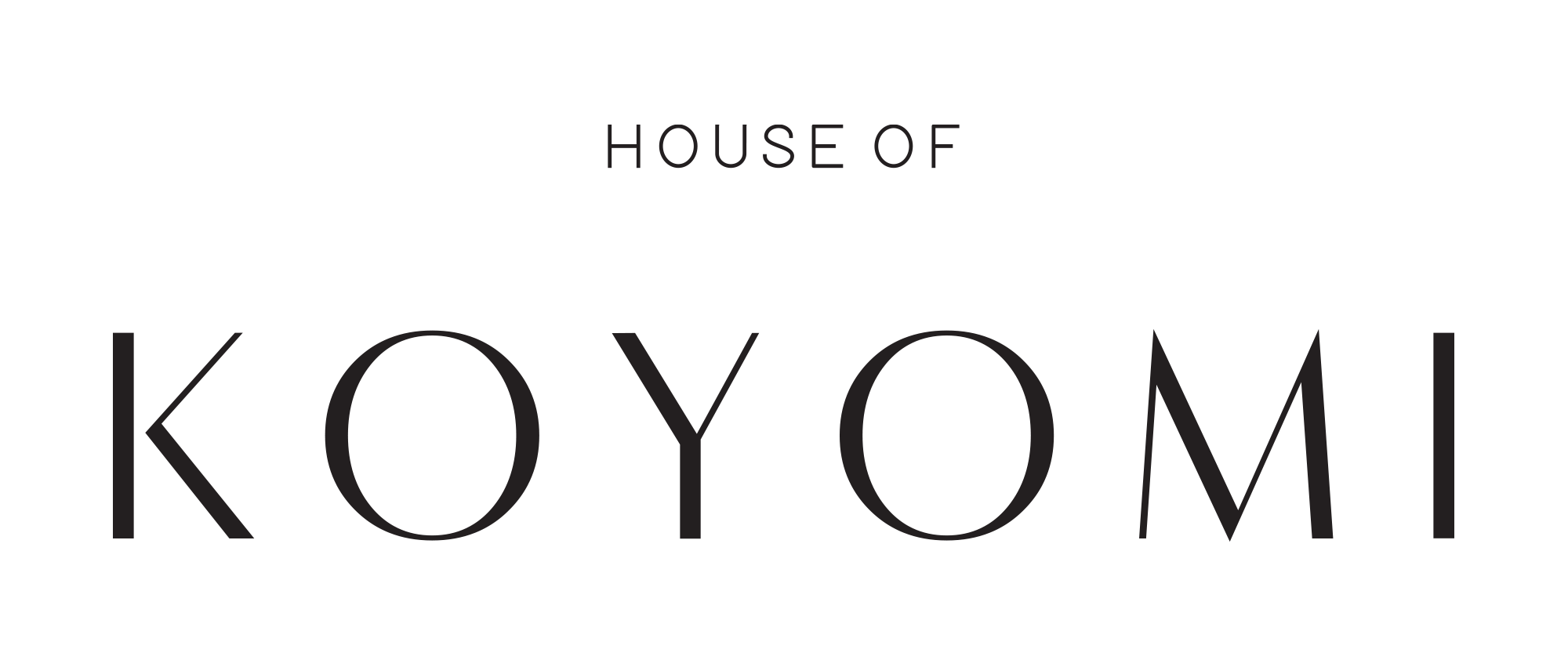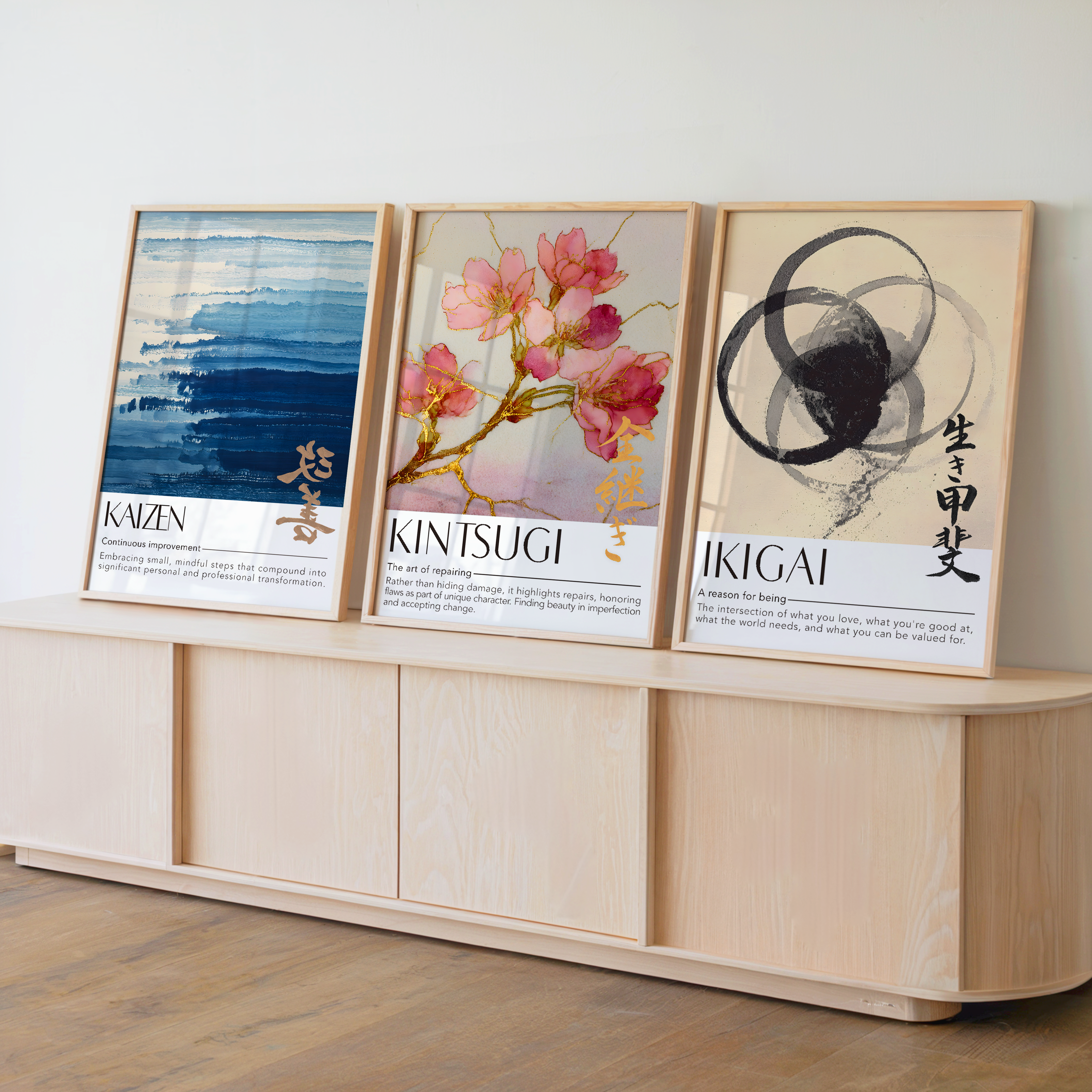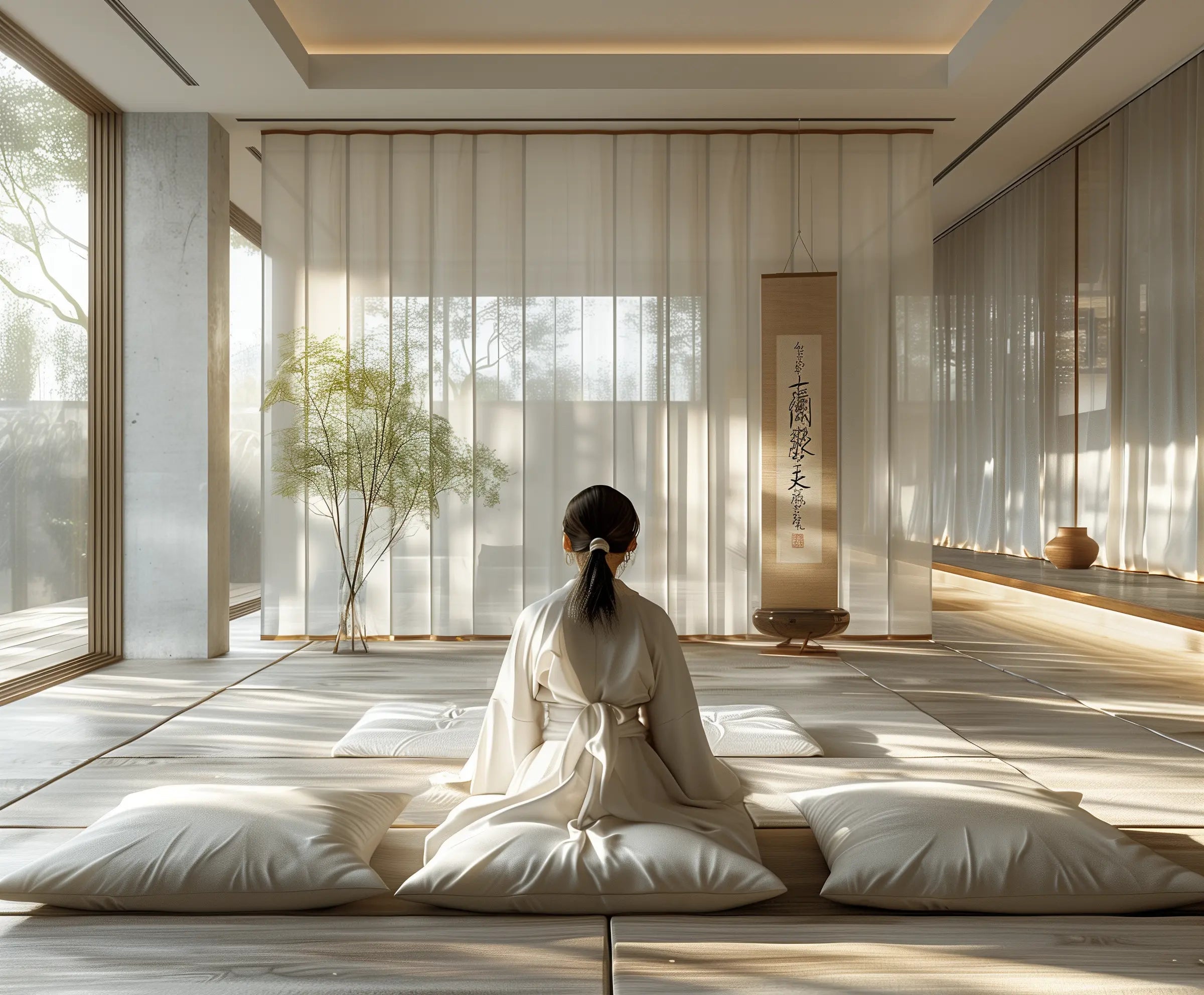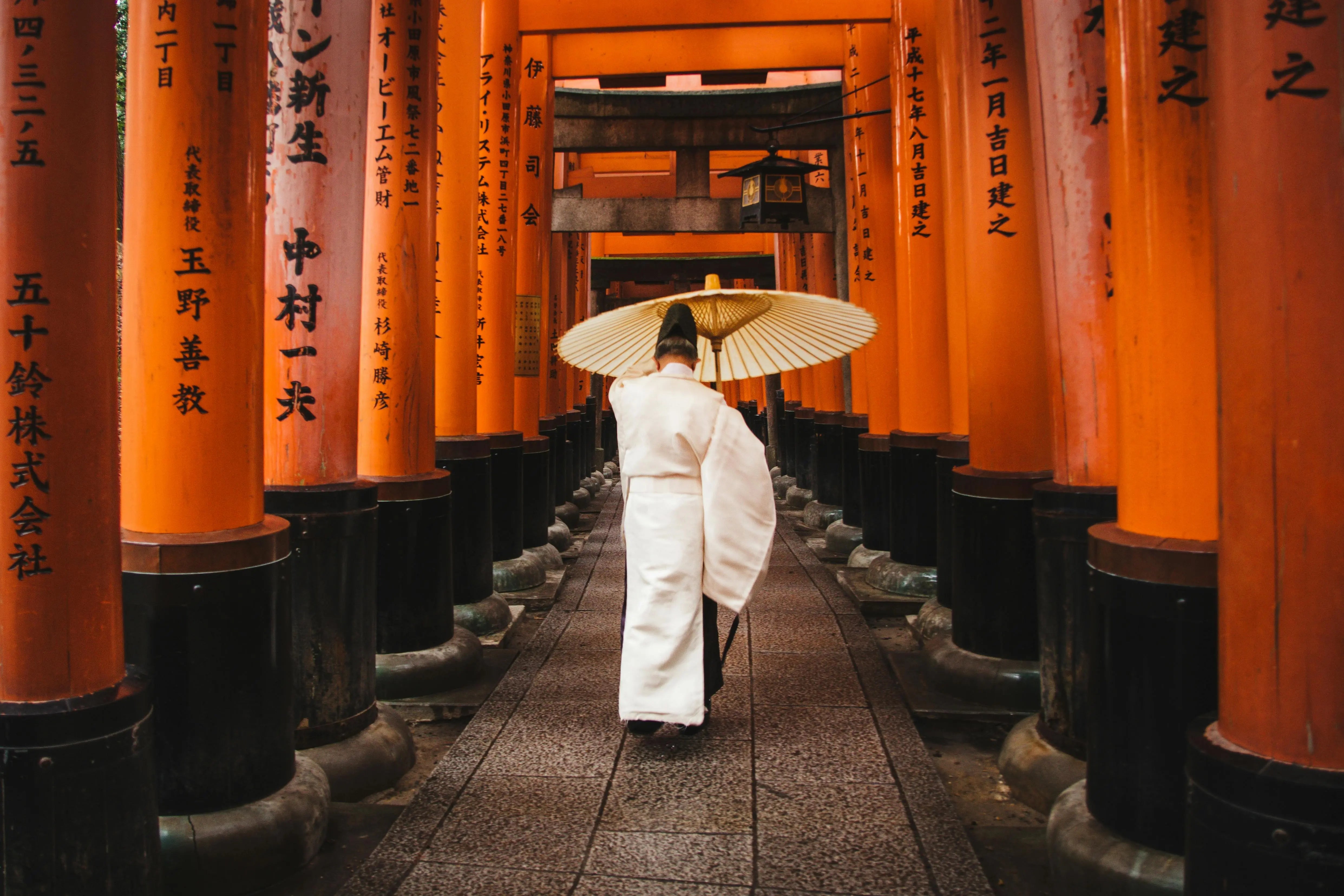
The History of Japanese Art Prints: A Legacy in Your Hands
Japanese art prints have captivated the world for centuries, with their delicate beauty, masterful techniques, and profound cultural significance. At House of Koyomi, we honor this artistic tradition by offering museum-quality Japanese prints, crafted using the finest materials. Owning one of our prints means holding a piece of history in your hands.
The Origins of Japanese Art Prints
Japanese printmaking has its roots in the Edo period (1603–1868), when woodblock printing, known as ukiyo-e (浮世絵), flourished. The term ukiyo-e, meaning “pictures of the floating world,” captured the vibrant and fleeting pleasures of Edo-era Japan—kabuki actors, geishas, landscapes, and folklore. These prints were widely accessible, allowing people to enjoy fine art in their homes.
Notable early ukiyo-e artists include:
- Hishikawa Moronobu (1618–1694) – One of the pioneers of ukiyo-e, known for his elegant black-and-white prints.
- Suzuki Harunobu (1725–1770) – Introduced full-color woodblock printing (nishiki-e), revolutionizing the art form.
The Golden Age of Ukiyo-e
During the late 18th and 19th centuries, ukiyo-e reached its peak, with artists mastering intricate compositions and vivid colors. Some of the most famous Japanese prints in history were created during this period:
- Katsushika Hokusai (1760–1849) – Best known for The Great Wave off Kanagawa, Hokusai's work defined the beauty and power of nature.
- Utagawa Hiroshige (1797–1858) – His One Hundred Famous Views of Edo transformed landscape prints into poetic masterpieces.
- Kitagawa Utamaro (1753–1806) – Celebrated for his delicate portrayals of women and the beauty of everyday life.
These masterpieces continue to inspire artists and collectors worldwide.
The Decline and Revival of Japanese Prints
By the late 19th century, ukiyo-e declined due to modernization and industrialization. However, Western artists such as Van Gogh, Monet, and Toulouse-Lautrec admired and adopted Japanese printmaking techniques, fueling a renewed interest in Japanese aesthetics.
In the early 20th century, the Shin-Hanga ("New Prints") and Sōsaku-Hanga ("Creative Prints") movements emerged, blending traditional techniques with modern styles. Today, Japanese art prints remain a treasured form of artistic expression.
House of Koyomi: Bringing Japanese Art Prints to You
At House of Koyomi, we believe in preserving and sharing Japan’s rich artistic heritage. Our collection features authentic, high-quality Japanese prints produced on premium Japanese paper, ensuring that every detail, color, and texture is as stunning as the originals.
Why choose House of Koyomi?
✅ Museum-Quality Paper – We use the finest washi paper, just like traditional Japanese artisans.
✅ True-to-Life Colors – Our prints capture the vibrancy and precision of classic ukiyo-e.
✅ Timeless Elegance – From Hokusai’s waves to Hiroshige’s landscapes, our collection offers a glimpse into Japan’s artistic soul.
Experience the History in Your Hands
Whether you're a collector, an art lover, or someone who appreciates timeless beauty, our Japanese art prints let you experience history firsthand. Browse our collection and bring the spirit of Japan into your home today.








